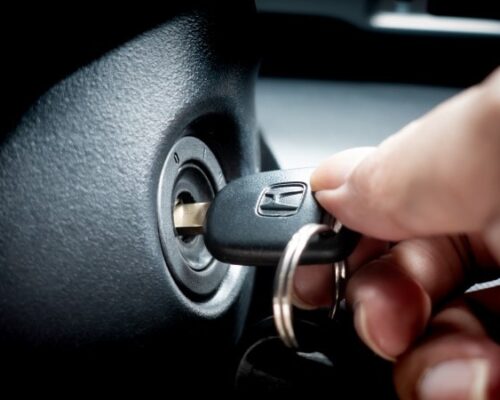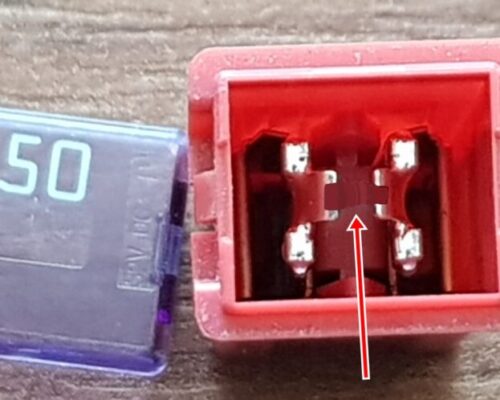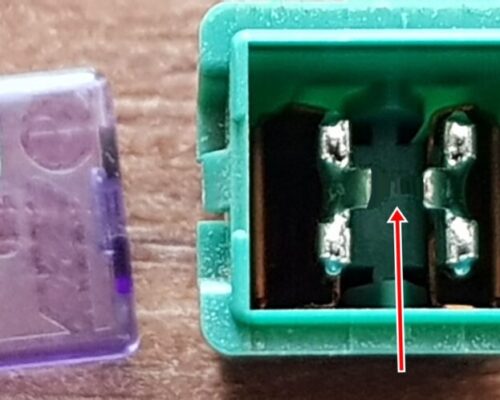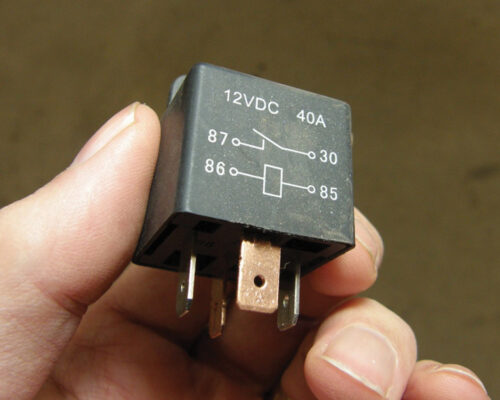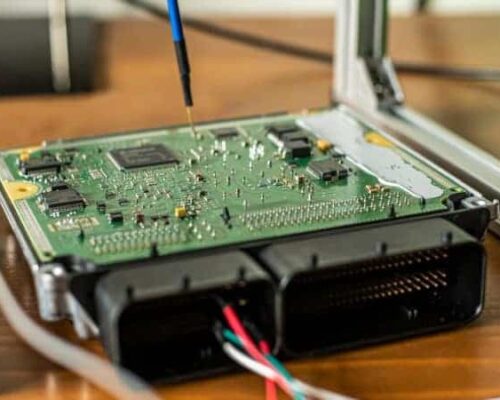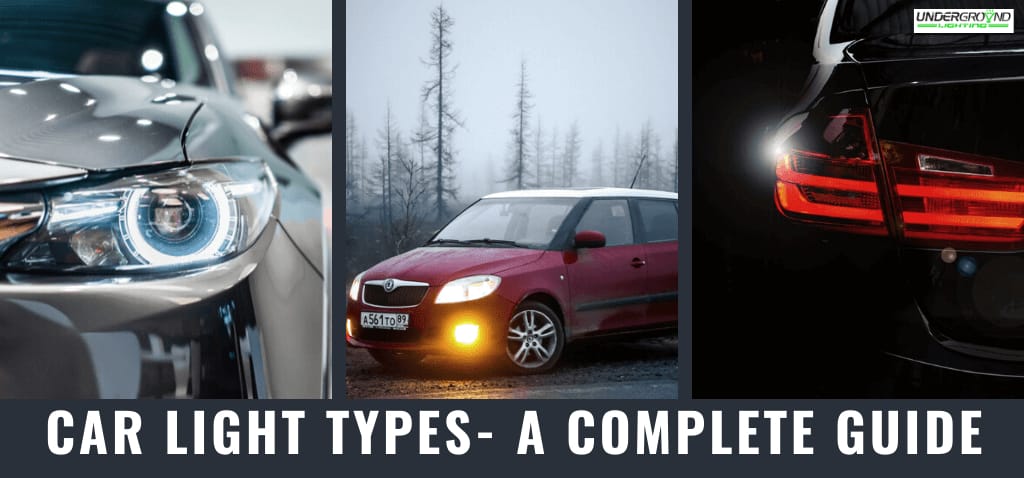
Car Light Types: Everything You Should Know
There are different types of car lights for different purposes. Some are for safety, while others are for style. Knowing which light does what can help you make the best choices for your car.
Here is a guide to the different types of car lights and their functions.
Headlights are perhaps the most important type of light on a car. They allow you to see in the dark and help other drivers see you.
There are several different types of headlights available, including halogen, xenon, and LED headlights. Each has its own benefits and drawbacks that you should consider before making a purchase.
Taillights are another important type of light on a car.
They help other drivers see your brake lights, turn signals, and reverse lights. Like headlights, there are several different types of taillights available, including LED taillights and fiber optic taillights.
There are many different types of car lights, and it can be confusing to know which is which. Here is a quick guide to help you understand the different types of car lights and their purposes.
Headlights: These are perhaps the most important type of light on your car, as they allow you to see in the dark and help other drivers see you.
There are two types of headlights: halogen and LED. Halogen headlights are the most common type, but LED headlights are becoming increasingly popular because they use less energy and last longer.
Taillights: Taillights are important for making your car visible from behind, both to other drivers and to pedestrians.
Like headlights, there are two types of taillights: halogen and LED. Again, LED taillights are becoming more popular because they use less energy and last longer than halogen bulbs. However, halogen bulbs tend to be brighter, so if you live in an area with lots of fog or rain, they may be a better option for you.
Turn Signals: Turn signals let other drivers know when you intend to turn left or right at an intersection or merge into traffic from the side of the road. They should always be used when changing lanes or turning so that other drivers can anticipate your movements. Most cars have incandescent turn signal bulbs, but some newer models have LED turn signals instead.
Brake Lights: Brake lights indicate to following drivers that you are slowing down or stopping. Like turn signals, brake lights should always be used when slowing down or coming to a stop so that other drivers can react accordingly. All brake lights must be red; however, some cars also have additional “brake light” bulbs that illuminate a larger area when the brakes are applied hard (such as during emergency stops).
These additional bulbs may be white, yellow/amber, or even red/orange in color depending on the vehicle model .
Car Lights Explained-Headlights, High Beams, Fog Lights, And More
What are the Different Types of Lights of a Car?
Most cars have four types of lights: low-beam headlights, high-beam headlights, turn signal lights, and brake lights.
Low-beam headlights are the main source of light for driving at night or in foggy conditions. They provide a wide, but not very long, beam of light that illuminates the road ahead without causing too much glare for oncoming traffic.
High-beam headlights are used for extra illumination when driving at night on open roads with little to no other traffic. They provide a very bright and long beam of light, but should only be used sparingly so as not to blind other drivers.
Turn signal lights are used to indicate to other drivers when you intend to turn or change lanes.
They typically flash intermittently so as to catch the attention of nearby drivers without being too distracting.
Brake lights are usually much brighter than regular taillights and come on automatically whenever the brakes are applied. This lets following traffic know that you’re slowing down or stopping, giving them time to react accordingly.
What are the 3 Types of Headlights?
There are three types of headlights available on the market: xenon, halogen, and LED. All have their own advantages and disadvantages that need to be considered when choosing which type is right for your vehicle.
Xenon headlights are the most expensive option but they also offer the longest lifespan and brightest light.
Halogen headlights are a cheaper alternative but don’t last as long and aren’t as bright. LED headlights are a newer technology that offers a longer lifespan than halogen lights and can be just as bright, making them a good middle ground between the two other options.
What are the 3 Lights in a Car?
The three lights in a car are the brake light, the headlight, and the turn signal. The brake light is located at the rear of the vehicle and is used to indicate to other drivers when the vehicle is stopping. The headlight is located at the front of the vehicle and is used to illuminate the road ahead.
The turn signal is located on either side of the vehicle and is used to indicate to other drivers when the vehicle is turning.
Which Type of Light is Best for Car?
There are a few different types of lighting that can be used for cars, but which one is best? Here is a look at some of the most popular options:
1. Halogen Lights
Halogen lights are perhaps the most popular type of light used in cars. They are affordable and provide good illumination. One downside to halogen lights is that they can produce a lot of heat, which can be a problem in hot weather conditions.
2. LED Lights
LEDs are becoming increasingly popular as car lights. They offer many benefits over other types of lighting, including being very energy efficient and having a long lifespan.
LEDs also emit very little heat, making them ideal for use in hot weather conditions. However, LEDs can be more expensive than other types of lighting.

Credit: shop.advanceautoparts.com
Car Lights Types
Car lights are an important part of a car’s safety features. There are different types of car lights, and each has a different purpose. Here is a list of the different types of car lights and their purposes:
Headlights: Headlights are used to illuminate the road ahead at night or during inclement weather. They are usually located on the front of the vehicle, and some cars have additional headlights located on the roof or grill.
Tail Lights: Tail lights are used to indicate to other drivers when you are braking or turning.
They are typically located on the back of the vehicle, and some cars have additional tail lights located on the sides or rear window.
Turn Signals: Turn signals let other drivers know when you intend to turn left or right. They are typically located on the front and back of the vehicle, and they flash in alternating pattern (left-right-left).
Fog Lights: Fog lights help improve visibility during foggy conditions by providing a wide, diffused beam of light that does not reflect off of water droplets in the air. Fog lights are usually located on the front bumper near the headlights.
What are the White Lights on the Back of a Car
If you’re like most people, you’ve probably seen the white lights on the back of a car and wondered what they are. Well, wonder no more! These lights are called “reverse lights,” and their purpose is to illuminate the area behind the car when it is in reverse gear.
This helps the driver see any potential obstacles or hazards that may be in the way.
Reverse lights are required by law in some states, while others simply recommend them. Either way, they can be a helpful addition to your car’s safety features.
So next time you see those little white lights, you’ll know just what they’re there for!
Different Types of Headlights Theory Test
Different Types of Headlights Theory Test
When you’re driving at night, it’s important to have good headlights so you can see the road ahead. But did you know that there are different types of headlights?
And each type has its own advantages and disadvantages?
Here’s a look at the different types of headlights and what you need to know about them for your theory test:
Halogen Headlights
Halogen headlights are the most common type of headlight. They use a halogen gas to create a bright light that illuminates the road ahead. Halogen headlights are affordable and easy to find, but they don’t last as long as other types of headlights.
They also require regular cleaning to keep them looking their best.
LED Headlights
LED (light emitting diode) headlights are becoming more popular because they’re very bright and energy efficient.
They last longer than halogen lights, but they can be more expensive. You may also find that LED bulbs are not yet available for all types of vehicles.
Xenon Headlights
Xenon headlights use a gas discharge system to create a bright light. They’re usually found on luxury vehicles or sports cars, but they’re becoming more common on mainstream cars as well. Xenon lights provide excellent illumination, but they can be expensive to replace if they burn out.
Now that you know about the different types of headlights, you’ll be able to answer questions about them on your theory test!
Dipped Headlights
Most people know that dipped headlights are required by law when driving at night. But did you know that there are actually two different types of dipped headlights? One is for normal driving, and the other is for when your car is carrying a load.
The main difference between the two is the angle at which the light beam hits the road surface. For normal driving, the beam should be angled so that it doesn’t blind oncoming traffic, but still illuminates the road ahead. When carrying a load, however, the beam should be angled lower so as not to dazzle other drivers and also to avoid shining into any low-lying fog or mist.
If you’re not sure which type of dipped headlight to use, check your car’s owner’s manual. And remember, always keep your headlights clean and in good working order so that you can see – and be seen – clearly when driving at night.
Conclusion
Car lights are important for safety and visibility while driving, but there are many different types with different functions. Here is a guide to car light types so you can be sure you’re using the right ones.
Headlights are the most important type of light on your car, as they allow you to see in low-light conditions and help other drivers see you.
There are two main types of headlights: halogen and LED. Halogen headlights are the most common type, but LED headlights are becoming more popular because they use less energy and last longer.
Taillights are another important type of light, as they indicate to other drivers when you’re braking or turning.
Most taillights use LEDs these days, but some older cars still have incandescent bulbs.
Turn signals are required by law in many countries, and they let other drivers know when you’re about to turn left or right. They usually blink yellow or orange, and some also have a line of LEDs that run along the side of the car to make them even more visible.
Brake lights are similar to taillights, but they’re even more important because they tell drivers behind you that you’re stopping. Like taillights, brake lights typically use LEDs these days. Some cars also have brake light flashers that make the brake lights flash rapidly when you’re braking hard so that drivers behind you know to stop sooner.


